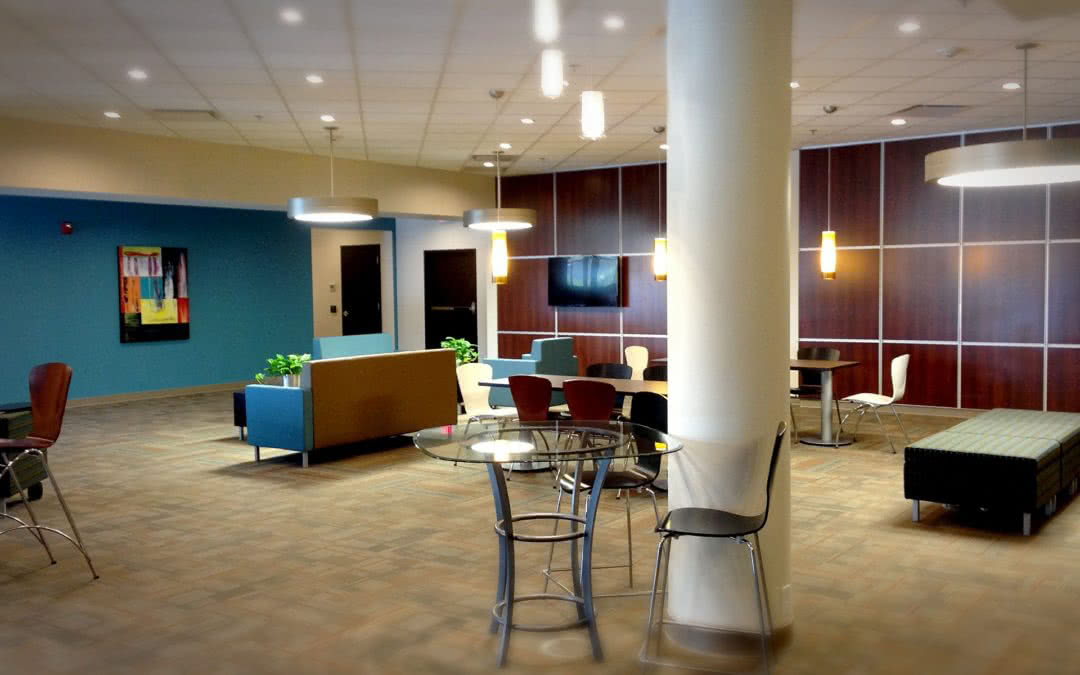The Economics of Sustainable Development
More than any other sector of the economy, commercial buildings represent the greatest opportunity to reduce our national carbon footprint and to jumpstart our economy. Buildings in the U.S. account for:
- 36% of Total Energy Use
- 65% of Electricity Consumption
- 30% of Greenhouse Gas Emission
- 30% of Raw Material Use
The greening of commercial real estate has the enormous potential to reduce our national carbon footprint, and to put the unemployed to work in new green-collar jobs. However, for the green revolution to fully take hold in the commercial building sector, sustainable buildings need to make financial sense to landlords and tenants. While environmentalists have been advocating sustainable development for years, many property owners have been wondering if green commercial buildings a smart investment? A study by the CoStar Group, a national real estate information provider, addresses this question. CoStars research found that sustainable buildings outperform non-green buildings in key measures such as occupancy and rental rates. This study indicates greater demand by property investors and tenants for buildings that have LEED certification or the Energy Star label. The study looked at 1,300 LEED and Energy Star buildings representing about 351 million square feet in CoStar’s commercial property database of roughly 44 billion square feet, and assessed those buildings against non-green properties with similar size, location, class, tenancy and year-built characteristics to generate the results.
The CoStar study found that LEED buildings command rent premiums of $11.33 per square foot over their non-LEED peers and have 4.1 percent higher occupancy. Rental rates in Energy Star buildings represent a $2.40 per square foot premium over comparable non-Energy Star buildings and have 3.6 percent higher occupancy. These findings strengthen the case for green building as sound financial investments. One explanation for the “green rent-premium” tenants appear willing to pay is the constricted supply of green buildings. Green buildings account for less than 3% of the total U.S. building stock. The CoStar study indicates that while the number of LEED-certified and Energy Star buildings continues to grow, the supply has not kept pace with demand. There is currently more demand for green building than there is product to fill the demand. Savvy commercial tenants, property managers, landlords and developers are paying close attention to green trends, not just because there buildings are good for the planet and the economy, but because sustainable buildings out-perform the non-green competition. The recent CoStar study makes a strong financial case for building green.
Learning More. If you are interested in learning more about green building, check out the events hosed by the Colorado Green Building Guild.

